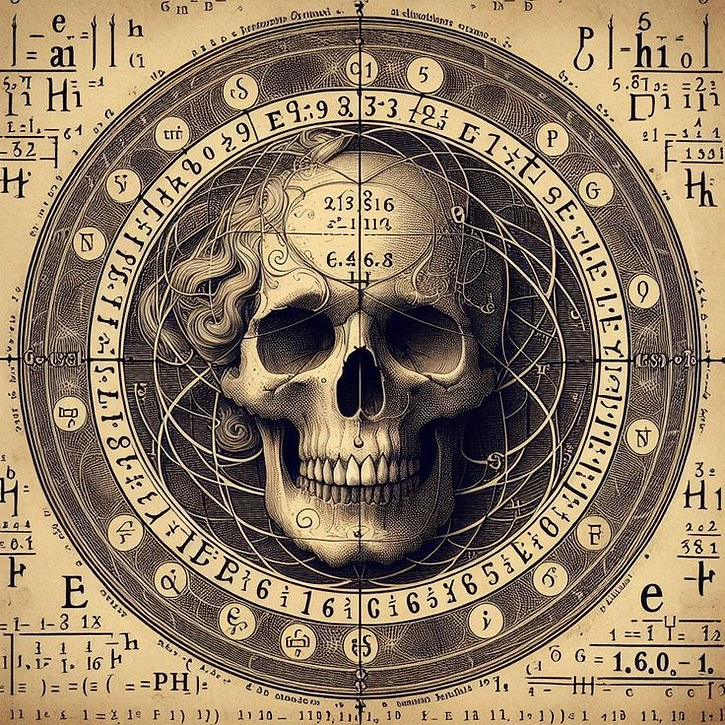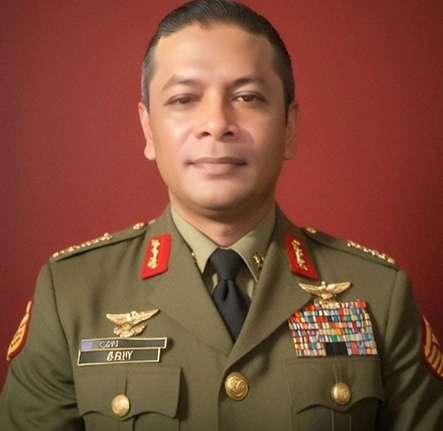
About Us

_edited.jpg)
The secret of Masonry, like the secret of life, can be known only by those who seek it, serve it, live it. It cannot be uttered; it can only be felt and acted. It is, in fact, an open secret, and each man knows it according to his quest and capacity. Like all things worth knowing, no one can know it for another and no man can know it alone.

Our Story
Freemasonry originated in the late 16th and early 17th centuries from stonemasons' guilds, evolving into a fraternal organization with philosophical and social aims. Initially, these guilds used secret handshakes, passwords, and symbols to protect their trade secrets, but by the 17th century, the lodges transitioned to "speculative" Freemasonry, where members focused on moral and ethical teachings. The first Grand Lodge was formed in London in 1717, marking a significant step in Freemasonry's formal organization.
Here's a more detailed look at the key phases and aspects of Freemason history:
1. Origin in Stonemasons' Guilds:
-
These guilds developed secret rituals, symbols, and passwords to protect their trade knowledge and ensure the quality of their work.
-
These practices were crucial for identifying qualified craftsmen and ensuring the integrity of their profession.
-
Freemasonry's roots lie in the medieval stonemasons' guilds, which were organizations of skilled builders.
2. Transition to Speculative Freemasonry:
-
Over time, individuals who were not actual stonemasons began joining the lodges, leading to the development of "speculative" Freemasonry.
-
These new members were attracted to the moral and philosophical teachings embedded within the rituals and symbols of the craft.
-
This transition broadened Freemasonry's appeal and led to its growth as a fraternal organization with broader social and ethical goals.
3. Formal Organization and the Grand Lodge System:
-
The formation of the first Grand Lodge in London in 1717 was a crucial step in the formalization of Freemasonry.
-
This event marked the beginning of a structured system of Grand Lodges, which oversee Masonic activity in specific geographic areas.
-
Subsequent Grand Lodges were established in Scotland, Ireland, and other parts of Europe, spreading Freemasonry across the continent.
4. Freemasonry in the Americas:
-
Freemasonry spread to the Americas with the arrival of European colonists.
-
Founding fathers like George Washington and Benjamin Franklin were prominent Freemasons, contributing to the organization's early influence in the United States.
-
The Morgan Affair in 1826, a scandal involving the alleged abduction and murder of a Freemason who threatened to expose Masonic secrets, led to a decline in Freemasonry's popularity in the U.S.
5. Key Aspects and Symbolism:
-
Freemasonry utilizes symbolic rituals, allegories, and moral lessons to teach its members about ethical conduct, personal development, and the nature of the universe.
-
Freemasons use a variety of symbols, including the square and compass, the all-seeing eye, and the beehive, each carrying symbolic meaning within the Masonic tradition.
-
While Freemasonry is not a religion, it requires belief in a Supreme Being and often incorporates elements from various religious and philosophical traditions.
-
Despite its historical significance and influence, Freemasonry has faced criticism and opposition from some religious groups, including the Catholic Church, which has historically condemned membership in Masonic organizations according to the Catholic Church.
.jpg)
"The genius of Freemasonry is not our Masonic buildings and temples or the trappings of our organizations. It is not our great charities or community activities. It is not our beautiful rituals or their teachings! It is the 'practice of Freemasonry' by the Freemasons. Yet we cannot practice that which we do not know or understand. Thus Masonic education is the foundation for our Fraternity.
Brother Carl H. Claudy in The Master's Book says, '.. one thing and only one thing a Masonic Lodge can give its members which they can get nowhere else in the world. That one thing is Masonry." ~ Carl H. Claudy

Meet The Team

_page-0001.jpg)
.png)
.png)
.png)
.png)
.png)
.png)